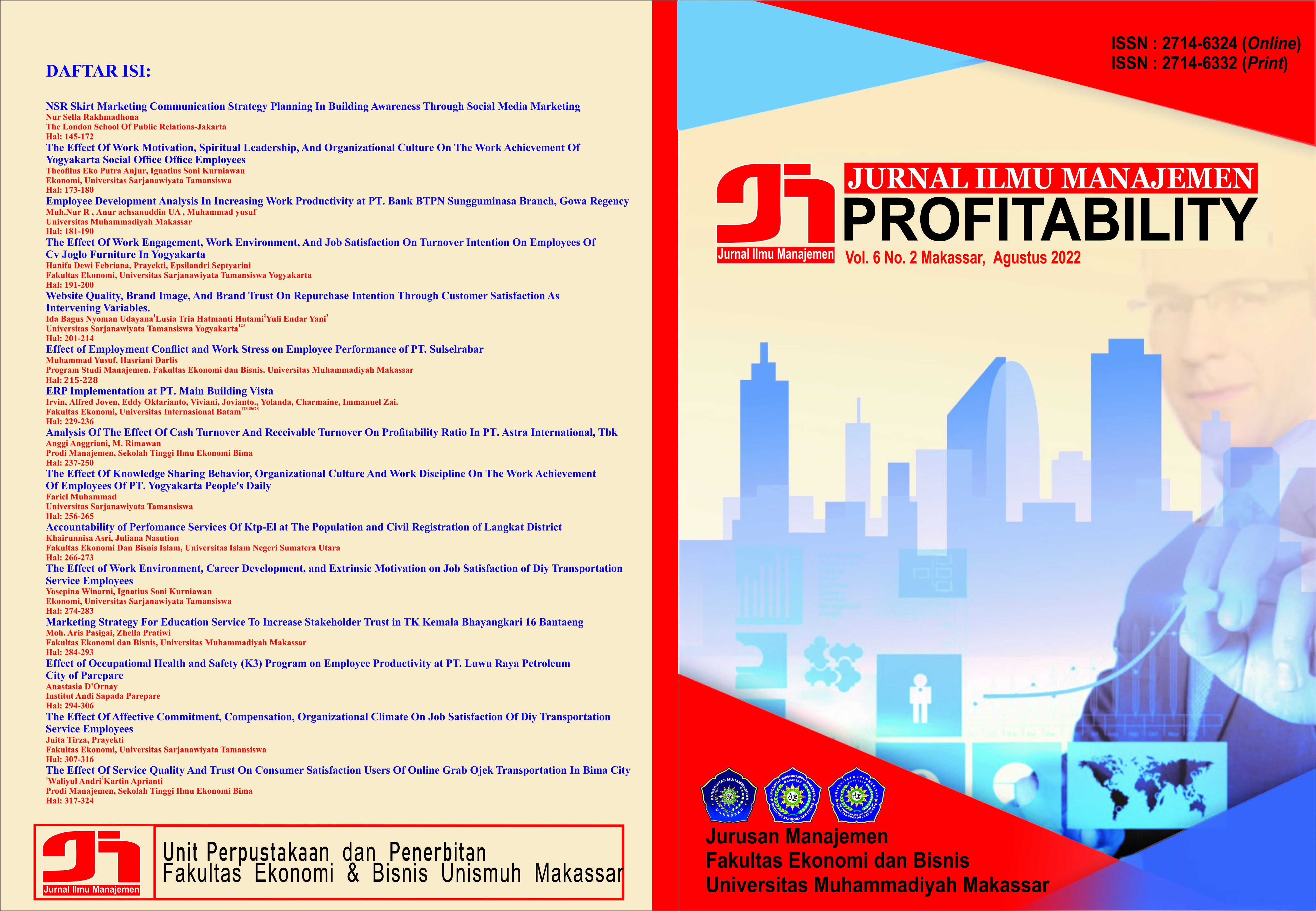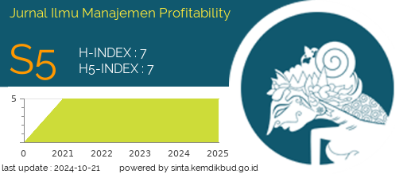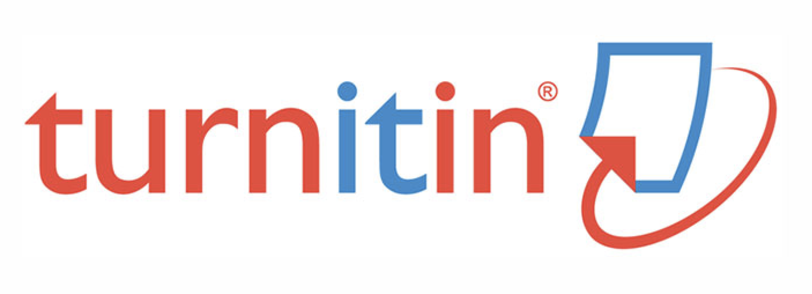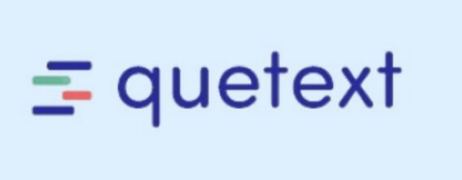The Determinants of Work Motivation on Enhancing Employee Productivity at PT. Happy Path in Makassar
DOI: https://doi.org/10.26618/profitability.v9i1.17340
Motivation work, productivity employee
Abstract
This study empirically examines the impact of work motivation on employee productivity and assesses its implications for human resource management strategies at PT. Happy Path, Makassar. Employee productivity is a crucial determinant of organizational success, and motivation is widely recognized as a key driver of performance. This quantitative study collected primary data from 120 employees selected through stratified random sampling. Data were analyzed using multiple linear regression and t-tests to determine the statistical significance of the relationship. The findings indicate that work motivation has a significant positive effect on employee productivity (β = 0.45, R² = 0.38, p < 0.05), explaining 38% of the variance in productivity levels. These results highlight the importance of motivation-enhancing strategies, such as performance-based incentives, career development programs, and a supportive work environment, in improving workforce efficiency. For PT. Happy Path, investing in well-structured motivational initiatives can be an effective approach to increasing employee performance and achieving organizational objectives. Future research should explore additional factors, including leadership style, job autonomy, and organizational culture, to gain a deeper understanding of the dynamics influencing employee productivity.
References
Ardana, I. (2012). Human Resource Management. Yogyakarta: Graha Ilmu.
Arikunto, S. (2002). Methodology Study. Jakarta: PT Rineka Cipta.
Danang, S. (2012). Human Resource Management. Jakarta: PT Buku Seru.
David. (2012). Human Resource Management. Jakarta: PT Buku Seru.
Faizal, R., Solomon, M., & Yulizar, I. (2019). Influence of Culture, Work Motivation, and Competence on Employee Performance. EBA Journal: Journal of Economics, Business, and Accounting, 5(1), 11-21. https://doi.org/10.32492/eba.v5i1.706
Dessler, G. (2013). Human Resource Management. Jakarta: Index.
Ghazali, I. (2007). Multivariate Analysis with SPSS Program (4th ed.). Semarang: Diponegoro University Press.
Dear. (2008). Definition of Human Resources (3rd ed.). Jakarta.
Rismalasari. (2014). Influence of Motivation on Employee Work Productivity at PT Sermani Steel Makassar. UIN Alauddin Makassar.
Edy, M. (2016). Human Resource Management. Jakarta: Golden.
Sutarman. (2015). Human Resource Management. Jakarta: Kencana.
Sugiyono. (2010). Educational Research Methods: Quantitative, Qualitative, and R&D Approaches. Bandung: Alfabeta.
Hasibuan, M. S. P. (2012). Human Resource Management. Jakarta: PT Bumi Aksara.
Dear. (2013). Human Resource Management. Jakarta: PT Bumi Aksara.
Sholahuddin. (2006). Islamic Economic and Financial Institutions. Surakarta: Muhammadiyah University Press.
Sedarmayanti. (2015). Human Resources and Work Productivity. Bandung: CV Mandar Maju.
Sudarsono, H. (2007). Islamic Banks and Financial Institutions: Descriptions and Illustrations. Yogyakarta.
Sinungan. (2003). Human Resource Management. Jakarta: PT Bumi Aksara.
Sardiman, A. M. (2005). Interaction and Learning Motivation. Jakarta: PT Raja Grafindo Persada.
Sugiyono. (2013). Quantitative Research Methods and R&D. Bandung: Alfabeta.
Eddy, M. (2011). Human Resource Management. Jakarta.
Rivai, V. (2010). Human Resource Management for Companies: From Theory to Practice. Jakarta: Rajawali Press.
Wibowo. (2014). Performance Management (3rd ed.). Jakarta: Rajawali Press.
Wilson, W. (2012). Human Resource Management. Bandung: The Great.
Downloads
Published
Issue
Section
License
Authors who publish with Jurnal Ilmu Manajemen Profitability agree to the following terms:
Copyright of the articles remains with the authors.
Authors grant the journal the right of first publication with the work simultaneously licensed under a Creative Commons Attribution-NonCommercial 4.0 International License (CC BY-NC 4.0). This license allows others to:
Share (copy and redistribute the material in any medium or format)
Adapt (remix, transform, and build upon the material)
as long as they give appropriate credit to the original author(s) and source, provide a link to the license, and indicate if changes were made. Non-commercial use only.
Authors are permitted to:
Distribute their published work (e.g., post it to an institutional repository or publish it in a book), with an acknowledgment of its initial publication in this journal.
Enter into separate, additional contractual arrangements for the non-exclusive distribution of the journal’s published version of the work (e.g., post it to a class website or institutional archive).
For permissions to use the content published in this journal beyond the scope of the license (e.g., commercial purposes), please contact the editorial office via the journal email.
License Details:
This journal is licensed under a Creative Commons Attribution-NonCommercial 4.0 International License (CC BY-NC 4.0).












